Here is the original review from 2008: Here’s one of those rare instances where the hype surrounding a film is at least very nearly justified. Marjane Satrapi’s deceptively simple autobiographical comic books, Persepolis, have been effectively turned into an equally deceptively simple animated autobiopic by Ms. Satrapi and co-director Vincent Paronnaud.
The film—which is up for an Oscar as Best Animated Film—tells the story of its young Iranian protagonist, from her days as a child during the era of the Shah and his quasi-enlightened, self-serving political oppression through the overthrow of that regime in favor of an even more oppressive religion-based form of government. As the daughter of an intellectually oriented family with a taste for Western culture (or decadence, as the later government would view it) and Marxism, Marjane made for a very unlikely submissive Iranian woman. So it’s hardly surprising that she was eventually sent out of the country to attend school in Vienna, or that her subsequent return to Iran would prove troublesome and result in her family “ordering” her to go to France and never return to her homeland. These are the bare bones of Satrapi’s story—at least one aspect of which (the inclusion of Marxism) has proved unpopular with some viewers.
Her tale is told with a rich combination of playfulness and dead seriousness. It is first and foremost a coming-of-age story, but it differs from most by virtue of its setting and approach. However, part of what makes it remarkable is how similar it is to a standard coming-of-age tale. The specifics differ in many cases (how could they not?), but the core of her feelings and experiences addresses the basic universal human experience of growing up. Satrapi is ultimately less an Iranian girl than she’s like any young person anywhere—capable of the same sense of rebelliousness, the same questionings, the same ill-chosen alliances and so on that are part and parcel of just about anyone’s early life. Sure, most of us could never say, “I survived a war only to be nearly done in by a banal love affair,” but we’ve all pretty much lived a similar dynamic at some point.
The film is done in what at least appears to be a fairly simple style of hand-drawn animation of a quirky, playful kind. However, if you look closely at the manner in which this is done—especially the little touches around the edges of the images—you realize that the animation isn’t so simple at all. The stripped-down backgrounds, simplified drawing style, the subdued (often to the point of black-and-white) colors and limited animation all represent a conscious stylistic choice—one that conveys the youthful quality of the storyteller and keeps the humanity of the main characters in focus instead of the animation itself. At times, the film’s style may remind you of the 1968 Beatles film Yellow Submarine (minus the pop-art colors). At other points, it resembles the black-and-white interpolations of animation found in Richard Elfman’s Forbidden Zone (1981). In the end, though, this is a film with an identity very much its own.
The film’s playful attitude is everywhere—how many movies have guest appearances by God and Karl Marx?—but that attitude also underscores the chilling prospect of life being lived in a society (even two societies) where people can be simply whisked away to prison at the whim of a government official, and where death is an everyday fact of life.
Persepolis is also an animated film with first-rate voice acting. There’s perhaps a certain stunt quality to having Satrapi as a young woman being voiced by Chiara Mastroianni and her mother being voiced by Mastroianni’s real-life mother Catherine Deneuve, but it works. The real casting coup, however, is 90-year-old Danielle Darrieux (who has played Deneuve’s mother in movies on four earlier occasions) as Satrapi’s grandmother. It may only be a voice performance, but it’s such a brilliant portrayal that you’re apt to forget that fact while watching the film. There’s supposedly an English-language version of the film, but I can’t imagine that it could do justice to the film—and thankfully, it’s not the one being shown locally. As far as new local releases are concerned, Persepolis is the movie to see.
Classic World Cinema by Courtyard Gallery will present Persepolis Friday, Mar. 20, at 8 p.m. at Phil Mechanic Studios, 109 Roberts St., River Arts District (upstairs in the Railroad Library). Info: 273-3332, www.ashevillecourtyard.com



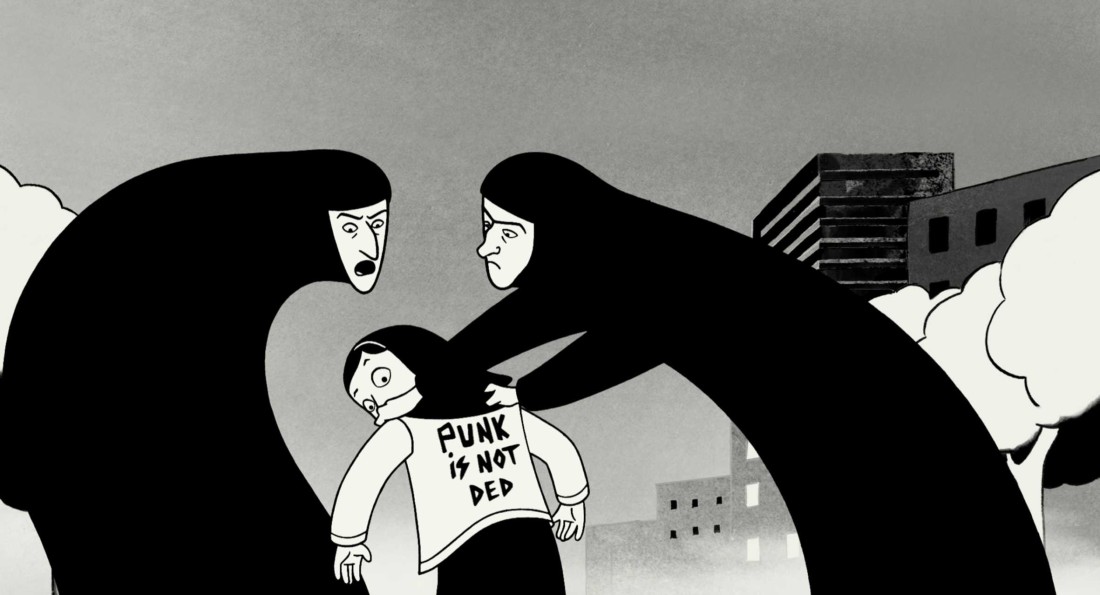
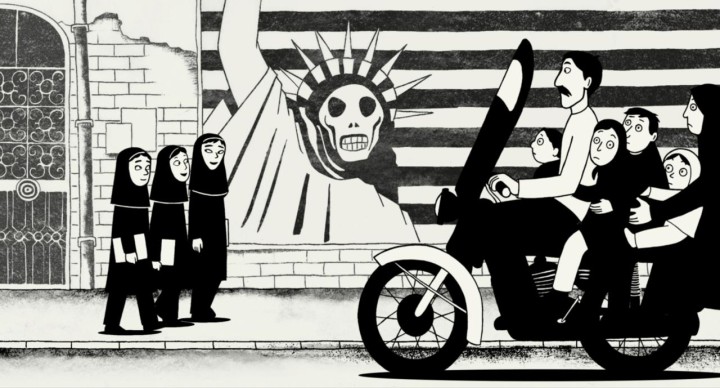
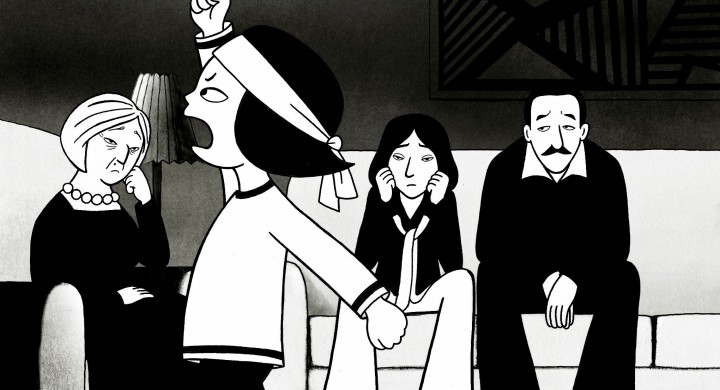
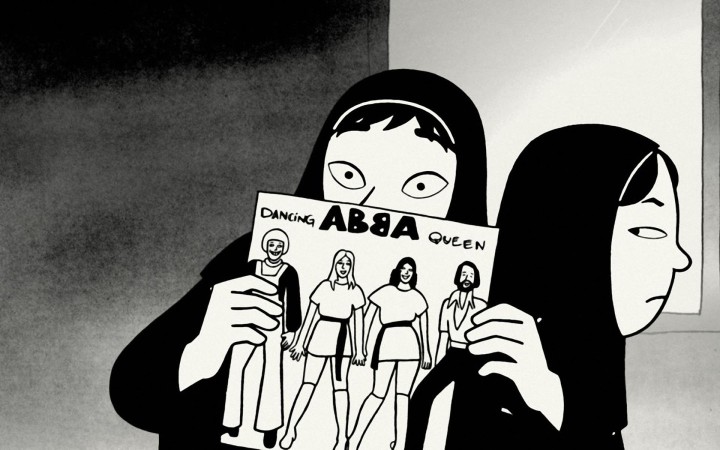
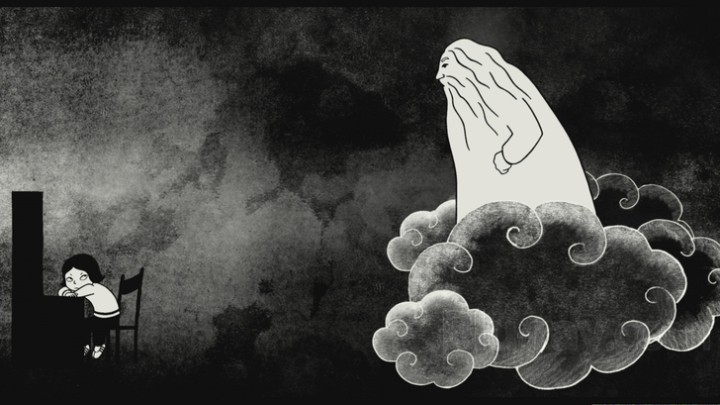

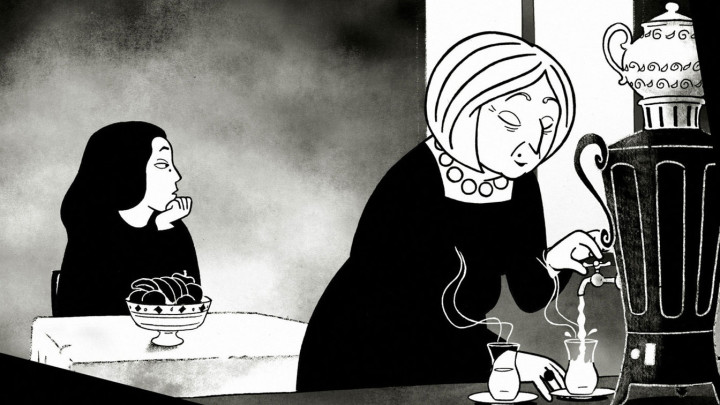
Great film. I remember being very upset when it was outvoted by Ratatouie for the Oscar but I have grown to love that movie too.